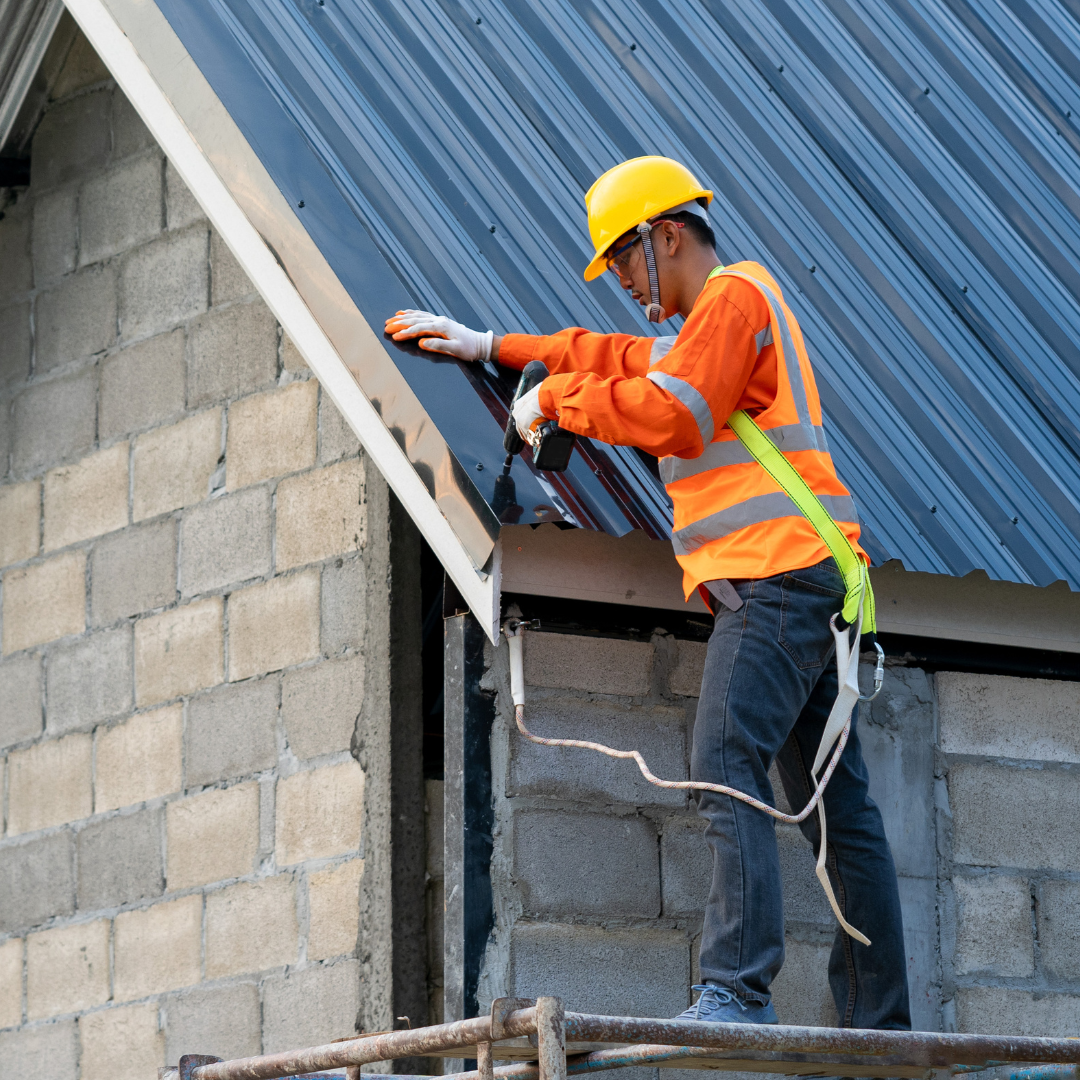Winter Work: A Wise Investment
Why winter is a great time to waterproof your property
Winter isn't just a season of cold winds, frosted landscapes, and icy roads; it's also an opportune time to take proactive measures to safeguard your property. We’re ready to share with you our thoughts on why winter is (surprisingly) a great time to tackle those waterproofing projects. Here are some highlights of the benefits of choosing the colder months to fortify your property against the elements.
1: Optimal Material Application
Winter's lower temperatures might discourage a trip to the beach, but they can play a useful role in waterproofing projects. Many sealants and coatings exhibit enhanced curing capabilities in cooler weather.
For instance, applying materials at peak temperatures on scorching days can lead to issues like quick skinning-over while the material underneath continues to cure and off-gas—often resulting in bubbles. Under such circumstances, it's recommended to apply materials during declining temperatures later in the afternoon or in the early evening.
The cooler months offer a more consistent, moderate temperature and the chance for a uniform curing process, akin to the concept of "low and slow" cooking. An even and thorough cure means a great material bond, and your property gains robust protection from the outset, ensuring years of resilience against water damage.
2: Reduced Expansion and Contraction
Temperature fluctuations pose a perpetual challenge to building materials. When subjected to heat, materials tend to expand, and during cold spells, they contract. This is particularly significant for building sealant joints. For example, caulking window perimeter joints during high noon on a scorching 100-degree day results in the joint being at its narrowest point, given that both the panel and the window frames approach their maximum expansion limits.
With the cooler night temperatures, the substrates cool and will contract, making the joint wide again which can stretch the still-curing caulking. Fortunately, today’s advanced silicones and urethanes can handle that rapid compression and expansion when necessary.
During the cooler winter months, temperature variations between daily highs and lows are more moderate. Consequently, your joints maintain relatively consistent widths throughout the day. This stability ensures that new sealants aren't prematurely strained during their initial cure phase. Applying protective materials in stable, cooler weather guarantees a steadfast, enduring seal that can effectively withstand sudden temperature changes.
3: Contractor Availability
Considering waterproofing during winter provides another advantage—the availability of contractors. This season is generally considered the off-season for many construction and maintenance professionals.
With fewer ongoing projects competing for attention, you're more likely to secure experienced contractors with availability to undertake your waterproofing endeavors. This surplus availability may even translate into competitive rates and dedicated focus on your property's unique needs.
The Takeaway:
Embracing winter as a prime time for waterproofing presents a multitude of benefits. From mild, even temperatures for measured material application and curing, to less dramatic substrate thermal movement, Winter shouldn’t be considered “down-time” for maintaining your building envelope. Factor in the increased availability of skilled contractors, and the decision becomes even more appealing.
Don't let the cold deter you—leverage the advantages of winter waterproofing to ensure your property remains resilient and protected throughout the changing seasons!













